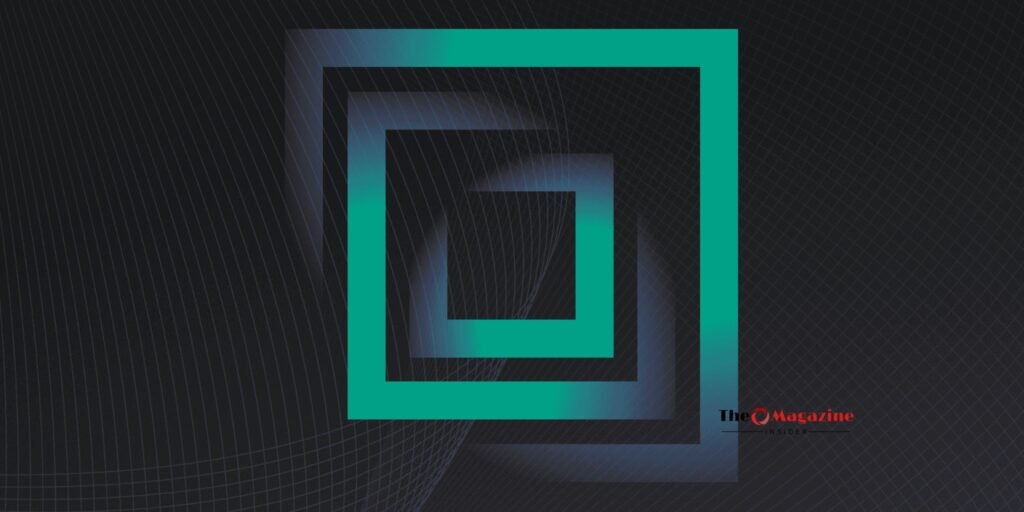Zeeroq became a well-known name following a highly publicized data breach in early 2024. Although not a legitimate company or platform in the traditional sense, Zeeroq.com served as an illicit repository for stolen personal data. This website operated on the dark web, making it difficult to access through standard browsers and offering anonymity to hackers and data thieves.
Table of Contents
While Zeeroq wasn’t a platform for ordinary users, it gained attention due to the massive scale of its data collection activities. Hackers deposited stolen personal data, ranging from email addresses to sensitive financial details. The site’s existence highlighted how stolen data is monetized and distributed across hidden networks. Understanding Zeeroq is critical for anyone concerned about cybersecurity and the growing risks of data breaches.
The Zeeroq Data Breach: An Overview
The Zeeroq data breach shocked the cybersecurity world in early 2024 due to its vast scale and implications. Reports indicated that billions of records containing personal information had been exposed. The breach involved sensitive data such as email addresses, passwords, and even financial details, making it one of the most significant data leaks in recent history.
What set the Zeeroq breach apart was its operation on the dark web. The stolen data was stored and traded anonymously, creating widespread panic among individuals and organizations. It emphasized the vulnerability of even well-secured systems and raised alarms about the importance of constant vigilance in cybersecurity practices.
How Did the Zeeroq Breach Occur?
The breach occurred due to a combination of weak security protocols and sophisticated hacking techniques. Cybercriminals exploited vulnerabilities in connected systems, accessing vast troves of sensitive information. Initial investigations suggested that Zeeroq collected data from various sources, including phishing attacks, unpatched software, and compromised third-party platforms.
Experts believe that the lack of encryption for critical data and poor monitoring of unusual activities contributed to the incident. This event serves as a stark reminder of how small oversights in security can result in catastrophic consequences, impacting millions of users globally.
Impact on Users: What Data Was Exposed?
The Zeeroq breach exposed a wide array of personal data, leaving individuals vulnerable to identity theft and financial fraud. Below is a breakdown of the types of information compromised:
| Data Type | Examples |
|---|---|
| Personal Information | Names, addresses |
| Contact Details | Email addresses, phone numbers |
| Financial Data | Credit card numbers, bank details |
| Login Credentials | Usernames, passwords |
For the victims, the consequences were severe. Stolen data can be misused in phishing scams, unauthorized purchases, and even large-scale financial fraud. People impacted by the breach were advised to secure their accounts immediately and monitor their financial activity closely.
Zeeroq’s Response to the Breach
Despite the scale of the incident, Zeeroq’s response was minimal, primarily due to its illegitimate nature. Being a platform designed for illegal activities, it neither issued warnings to affected individuals nor took steps to mitigate the damage. This lack of accountability worsened the impact, as victims were left unaware of their compromised data until third-party services flagged the issue.
In contrast, cybersecurity agencies and companies stepped in to alert users of the breach. Organizations like Google and Credit Karma issued notifications to individuals whose data was discovered on Zeeroq, urging them to take immediate precautionary measures.
Protecting Yourself After the Zeeroq Breach
If you suspect your data was compromised in the Zeeroq breach, taking immediate action is crucial. Here are some practical steps:
- Change your passwords: Use strong, unique passwords for all your accounts and enable two-factor authentication wherever possible.
- Monitor your accounts: Regularly check bank statements and credit reports for suspicious activity.
- Sign up for monitoring services: Use tools like credit monitoring to detect unauthorized use of your information.
- Avoid phishing scams: Be cautious of unsolicited emails or calls asking for personal details.
By adopting these practices, you can minimize the potential fallout of any data breach and protect yourself from future risks.
Lessons Learned from the Zeeroq Incident
The Zeeroq breach highlights several critical lessons for individuals and businesses alike. For users, it underscores the importance of safeguarding personal data and being vigilant about cybersecurity. For organizations, it reveals the dangers of weak security practices and the necessity of proactive measures.
As cybersecurity expert Kevin Mitnick once said, “Companies spend millions on firewalls, encryption, and secure access devices, yet too often fail to address the weakest link in the security chain: the human factor.” The Zeeroq incident is a reminder that no system is entirely foolproof, and constant effort is required to stay ahead of evolving threats.
Preventing Future Data Breaches
Prevention is always better than cure when it comes to data security. Here are best practices for organizations and individuals:
For Organizations:
- Implement advanced encryption methods for all data.
- Conduct regular security audits and vulnerability assessments.
- Train employees in cybersecurity best practices.
- Use multi-factor authentication to secure sensitive systems.
For Individuals:
- Regularly update your passwords and avoid reusing them across platforms.
- Avoid clicking on suspicious links or downloading unknown files.
- Keep your devices updated with the latest security patches.
By embracing these measures, we can reduce the likelihood of another massive breach like Zeeroq’s.
Conclusion
The Zeeroq data breach serves as a wake-up call for everyone. It highlights the growing risks of cybercrime and the importance of robust security measures. While those affected by the breach may continue to face challenges, the incident has sparked a broader conversation about cybersecurity and data protection.
Moving forward, both individuals and organizations must prioritize data security to safeguard their futures. As technology evolves, so do the tactics of cybercriminals. Staying informed, vigilant, and proactive is the only way to stay ahead in an increasingly digital world.
Read More : Levidia

